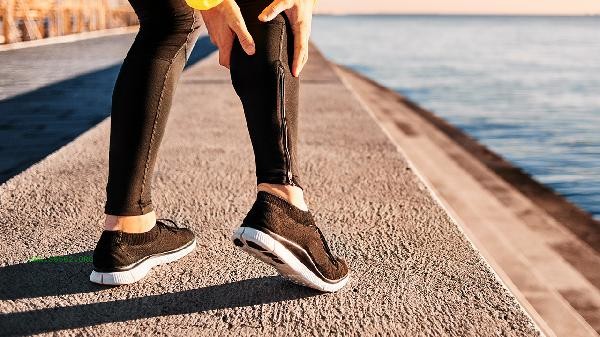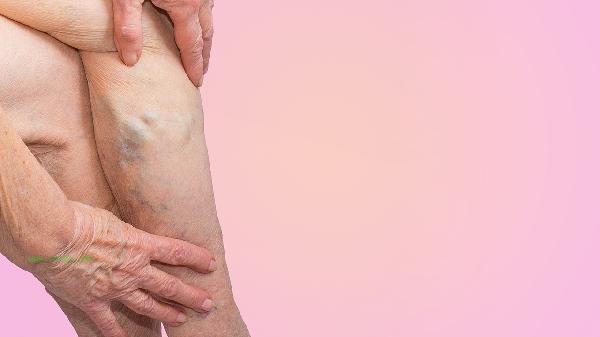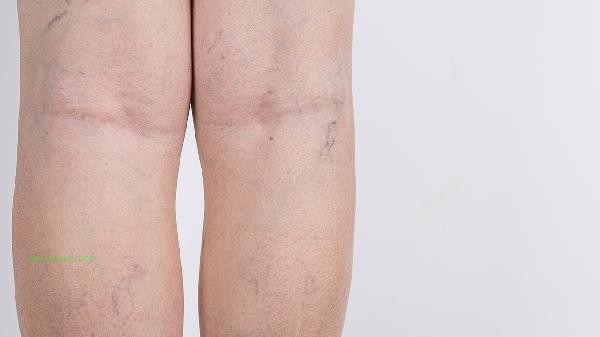Muscle spasticity can be relieved through medication, physical therapy, lifestyle adjustments, traditional Chinese medicine conditioning, and surgical intervention. Muscle rigidity spasm is often caused by electrolyte imbalance, neurological disorders, muscle strain, drug side effects, or genetic factors, and requires targeted treatment according to the cause.

1. Medication therapy
For muscle rigidity spasms, follow the doctor's advice to use methylprednisolone hydrochloride tablets to relieve muscle tension, carbamazepine tablets to regulate abnormal nerve discharge, or phenytoin sodium tablets to control spasms. Medications should strictly follow the doctor's prescription and avoid self adjustment of dosage. Some patients may need to supplement with vitamin D or calcium supplements to improve electrolyte balance.
2. Physical therapy
Local hot compress can promote blood circulation and alleviate acute spasms; Low frequency electrical stimulation therapy can reduce muscle excitability, and infrared radiation can help relax muscle fibers. Progressive stretching can be used in rehabilitation training, combined with precise massage guided by ultrasound, several times a week to maintain the effect.
3. Lifestyle Adjustment
Ensure sufficient water intake daily, warm up and relax before and after exercise, and avoid sudden cold stimulation. Keep warm during sleep and choose bedding with good support. Add magnesium rich foods such as bananas and nuts to your diet, and reduce alcohol and caffeine intake.

4. Chinese Medicine Conditioning
acupuncture and moxibustion selects Yanglingquan, Chengshan and other acupoints to dredge the meridians, and massage uses rolling and kneading methods to relax muscle groups. Traditional Chinese medicine can be prepared by decoction of papaya, white peony and other ingredients, or applied externally with blood activating and stasis removing ointments. Traditional therapies require a period of time to show significant effectiveness, and it is recommended to combine modern medical treatment.
5. Surgical intervention
For patients with refractory spasms or severe nerve compression, selective posterior rhizotomy or tendon lengthening surgery may be considered. Preoperative comprehensive evaluation of surgical indications is required, and postoperative rehabilitation training should be combined to restore function. This type of approach is usually chosen after conservative treatment is ineffective.

Daily records of spasms should be established, including triggers, duration, and relief methods, and detailed medical history should be provided when seeking medical attention. Long term spastic patients can engage in low impact exercises such as swimming and yoga to enhance muscle coordination and avoid excessive fatigue. If accompanied by fever, consciousness disorders, etc., seek medical attention immediately and rule out acute and severe illnesses such as tetanus. Regularly review electrolytes and electromyography, and dynamically adjust treatment plans.








Comments (0)
Leave a Comment
No comments yet
Be the first to share your thoughts!